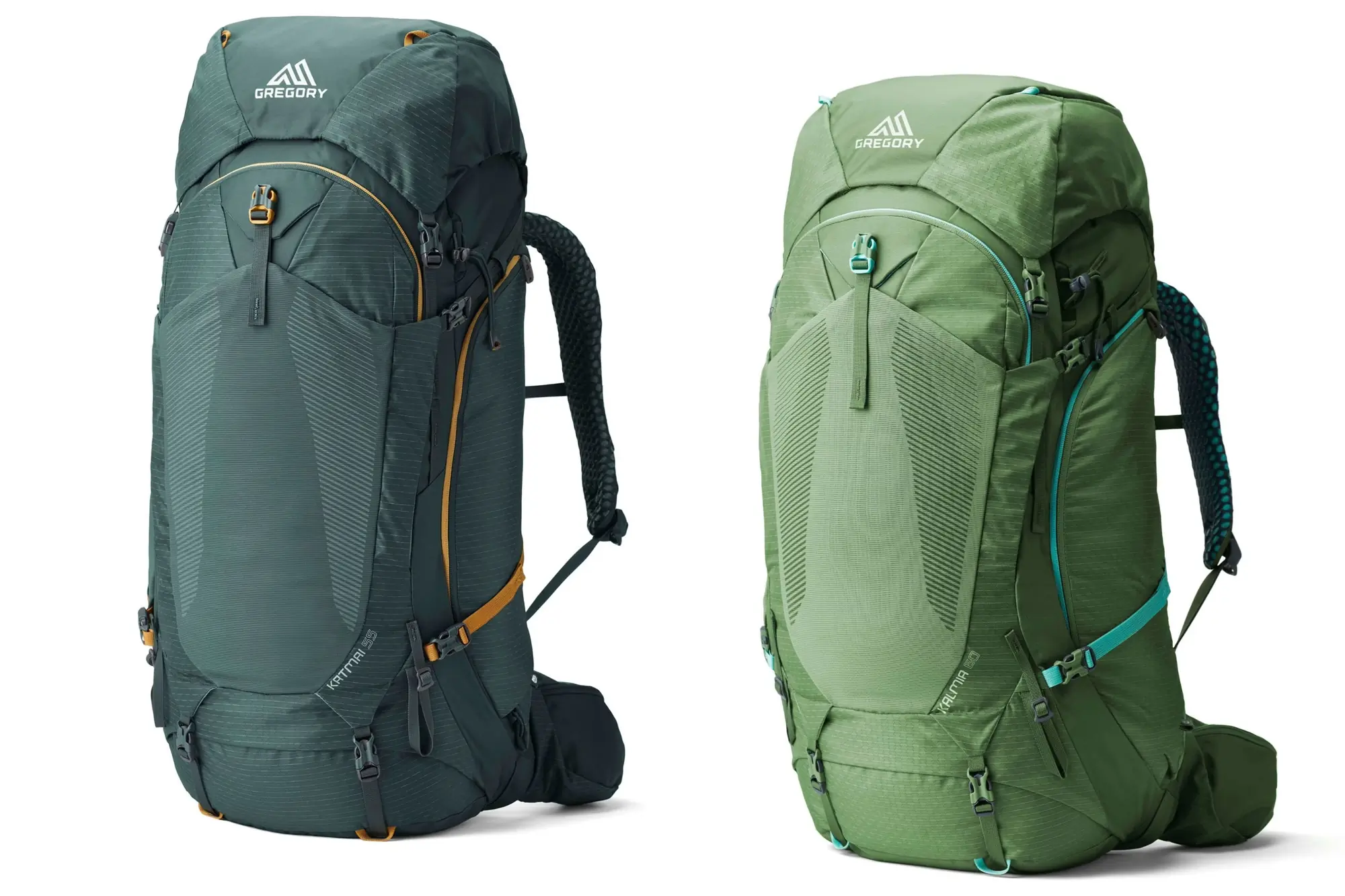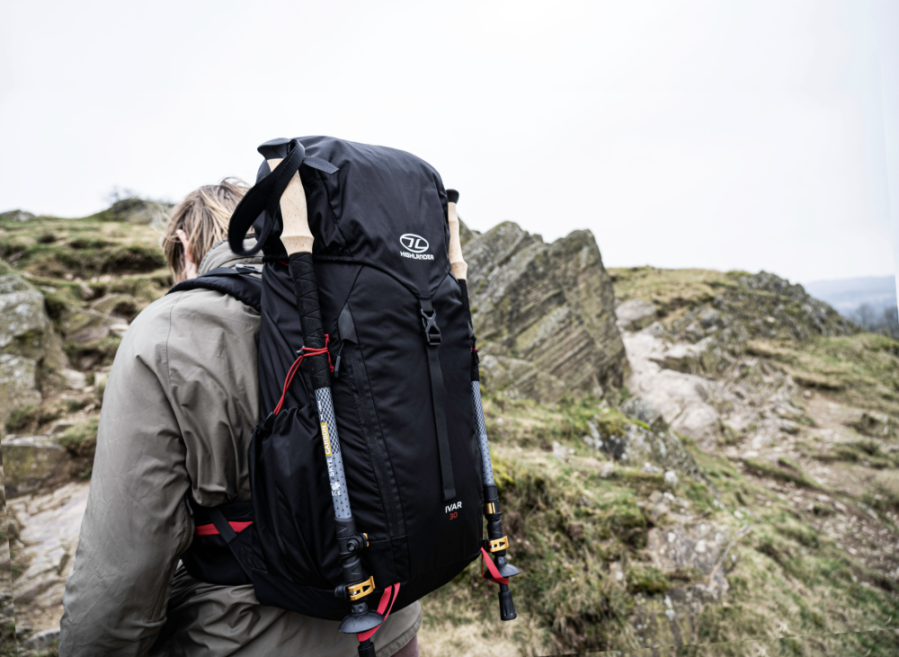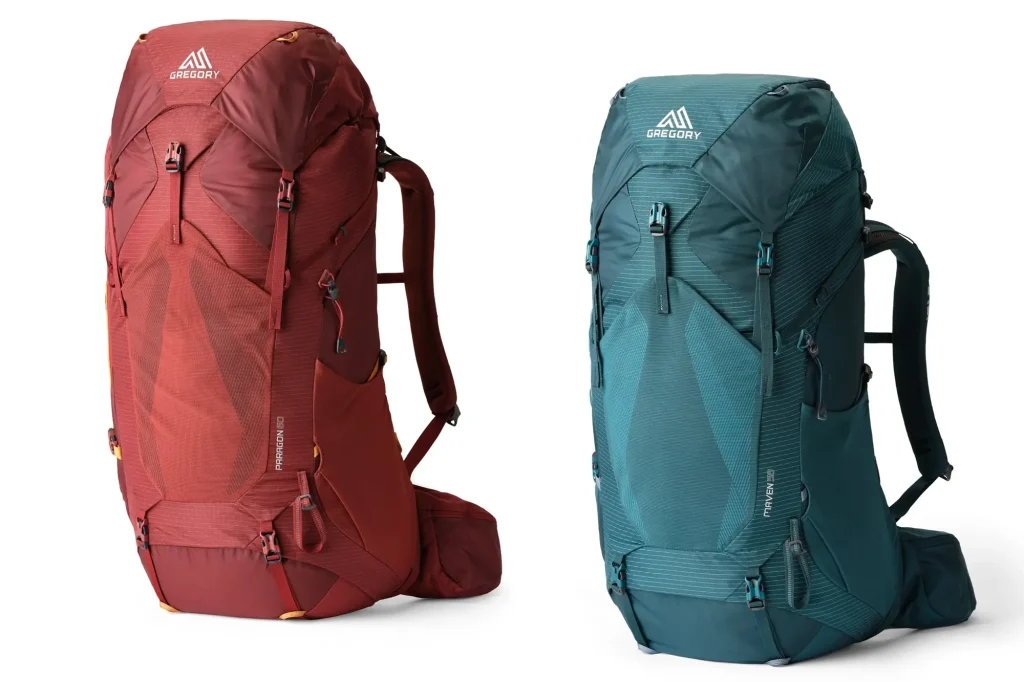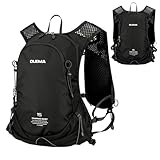Are you wondering if you really need a hiking backpack or if your regular backpack will do the job? Choosing the right backpack can make a huge difference in your comfort and safety on the trail.
But with so many options out there, it’s easy to feel confused. This article will help you understand what sets hiking backpacks apart and whether your everyday bag can keep up. By the end, you’ll know exactly what kind of backpack suits your outdoor adventures—and why it matters for your next trip.
Keep reading to find out!
Purpose Of Hiking Backpacks
Hiking backpacks are made to carry gear safely and comfortably outdoors. They help hikers bring what they need for their trips.
Regular backpacks may work for short walks, but hiking backpacks offer special features. These features make a big difference on long or tough hikes.
Designed For Outdoor Use
Hiking backpacks are built to handle rough outdoor conditions. They have extra pockets and straps to hold hiking gear like water bottles and maps.
These backpacks also fit the body better. This fit helps hikers move easily on trails and over uneven ground.
Weight Distribution Benefits
Hiking backpacks spread the weight evenly across your back and hips. This reduces strain and helps you carry heavy loads for longer.
- Wide shoulder straps for comfort
- Padded hip belts to support weight
- Adjustable straps for a custom fit
Durability And Weather Resistance
Hiking backpacks use tough materials that resist tears and scratches. They last longer even with rough use outdoors.
Many hiking backpacks have water-resistant fabrics or rain covers. This keeps your gear dry in wet weather.

Credit: www.thegreatoutdoorsmag.com
Features Of Hiking Backpacks
Hiking backpacks have special features that help during long walks. These features make carrying gear easier and more comfortable.
Regular backpacks can work for short trips. But hiking backpacks offer benefits that regular ones do not.
Adjustable Straps And Support
Hiking backpacks have straps you can change to fit your body. This helps spread weight evenly and reduces strain.
They often include padded hip belts and chest straps. These add extra support and keep the pack stable while walking.
- Shoulder straps adjust for height and comfort
- Hip belts take weight off shoulders
- Chest straps keep the pack from shifting
- Padded areas reduce pressure on the body
Multiple Compartments
Hiking backpacks have several compartments to organize gear. This makes it easy to find items quickly.
Many pockets separate clothes, food, and tools. This keeps things clean and prevents damage.
- Main compartment for big items
- Side pockets for water bottles or snacks
- Smaller pockets for keys or maps
- Some have special compartments for electronics
Hydration Compatibility
Many hiking backpacks have a space for water bladders. This lets hikers drink water without stopping or taking off the pack.
They include hose openings and clips to hold the drinking tube. This feature helps keep you hydrated easily.
- Special pocket for water bladder
- Tube openings near the shoulder strap
- Clips to hold the hose in place
- Allows hands-free drinking on the move
Ventilation Systems
Hiking backpacks use mesh and air channels to keep your back cool. This reduces sweat and discomfort on hot days.
These systems improve airflow between your back and the pack. Regular backpacks usually lack this feature.
- Mesh panels for breathability
- Air channels to move heat away
- Padded back with space for airflow
- Reduces sweating during long hikes
Regular Backpacks: Pros And Cons
Choosing the right backpack for hiking can be tricky. Regular backpacks are often an easy choice.
This section looks at the benefits and drawbacks of using regular backpacks for hiking.
Lightweight And Simple Design
Regular backpacks are usually light and have a simple design. They do not have many extra parts.
This makes them easy to carry for short trips or light loads.
- Less weight on your back
- Easy to pack and unpack
- Simple to use for beginners
Limited Support And Comfort
Regular backpacks often lack extra padding and support. This can make long hikes uncomfortable.
They do not spread the weight well, which can cause strain on your shoulders and back.
- Minimal shoulder padding
- No hip belts to share weight
- Less ventilation causing sweat
Durability Concerns
Regular backpacks may not be made for rough outdoor use. This affects their durability on trails.
Materials might wear out quickly if exposed to harsh weather or sharp objects.
- Less resistant to tears and water
- May break under heavy loads
- Not designed for hiking conditions

Credit: gearjunkie.com
When To Choose A Hiking Backpack
Not all backpacks are the same. Choosing the right one depends on your trip. A hiking backpack offers features that a regular backpack may not have.
It is important to know when a hiking backpack is better. This helps make your hike safer and more comfortable.
Long-distance Hikes
Long hikes need more gear and supplies. Hiking backpacks have more space and better support. They help carry your load for many miles.
A regular backpack may not hold all your items or feel good after hours. Hiking backpacks reduce strain on your back and shoulders.
Carrying Heavy Loads
Heavy gear can hurt your back if not carried well. Hiking backpacks have padded straps and waist belts. These help spread the weight evenly.
Regular backpacks often lack these features. This can cause pain and make hiking harder. Choose a hiking backpack for comfort with heavy loads.
- Wide, padded shoulder straps
- Adjustable waist belts
- Strong frame support
Variable Weather Conditions
Weather can change quickly outdoors. Hiking backpacks often come with rain covers. They also have waterproof or water-resistant materials.
Regular backpacks may not protect your gear well. Hiking backpacks help keep your items dry and safe in bad weather.
When A Regular Backpack Suffices
Not every outdoor trip needs a hiking backpack. Sometimes, a regular backpack is enough. It depends on the trip and what you carry.
Using a regular backpack can save money and weight for simple outings. You should know when it works well.
Short Day Trips
For short day trips, a regular backpack can hold your essentials easily. You do not need extra support or many compartments.
Just pack water, snacks, a light jacket, and maybe a camera. A regular backpack will be comfortable enough for a few hours.
Light Packing Needs
If you only carry a few items, a regular backpack works well. Hiking backpacks are best for heavy or bulky loads.
A regular backpack is good for items like a lunchbox, first aid kit, and a small towel. It is easy to carry when light.
- Water bottle
- Snacks or lunch
- Light jacket or raincoat
- Phone and wallet
- Small first aid kit
Casual Outdoor Activities
For casual activities like picnics or walks in the park, a regular backpack is enough. You do not need special hiking gear.
Regular backpacks are simpler and usually lighter. They fit well for easy outdoor fun without heavy equipment.
Tips For Selecting The Right Backpack
Choosing the right backpack is important for a good hiking experience. You want a bag that fits your needs and keeps you comfortable.
There are many types of backpacks. Some are made just for hiking. Others are regular backpacks. Let’s look at how to pick the best one.
Assessing Your Hiking Style
Think about the type of hikes you like. Short walks need less gear. Long trips need more space and support.
If you carry light, a regular backpack might work. If you carry heavy gear, a hiking backpack is better.
- Day hikes: small load, regular backpack may work
- Overnight hikes: need more space and comfort
- Backpacking trips: need strong support and many compartments
Considering Backpack Size
Pick a backpack size based on how much stuff you carry. Too small means no space. Too big means extra weight.
Backpacks come in liters to show volume. Choose size by trip length and gear weight.
- 10-20 liters: good for short day hikes
- 20-40 liters: fits overnight trips
- 40+ liters: best for multi-day trips
Trying On For Fit And Comfort
Try the backpack on before buying. Check if it fits your back and feels good.
Look for padded straps and adjustable belts. A good fit helps avoid pain and injury.
- Adjust shoulder straps so bag sits close to your body
- Use hip belt to carry weight on hips, not shoulders
- Check for padding on back panel and straps
- Walk around with the pack to test comfort

Credit: www.thegreatoutdoorsmag.com
Frequently Asked Questions
What Makes Hiking Backpacks Special?
Hiking backpacks are designed for comfort and durability on trails. They offer features like breathable padding, adjustable straps, and compartments for hydration. These features support longer hikes and uneven terrain. Regular backpacks may lack these crucial elements, leading to discomfort.
Can A Regular Backpack Work For Hiking?
A regular backpack can work for short hikes. However, it may not support heavy loads or offer comfort for long treks. Hiking backpacks are tailored for weight distribution and ventilation, enhancing the hiking experience.
Are Hiking Backpacks More Durable?
Yes, hiking backpacks are typically more durable. They are crafted with rugged materials to withstand outdoor conditions. This durability makes them suitable for rough terrains and unpredictable weather. Regular backpacks might not endure such challenges.
Do Hiking Backpacks Have Better Storage Options?
Hiking backpacks offer specialized storage options. They often include compartments for hydration systems, trekking poles, and gear organization. This design maximizes space and accessibility on the trail. Regular backpacks may lack these versatile storage features.
Conclusion
Choosing the right backpack makes a big difference on the trail. Hiking backpacks offer extra support and space for gear. Regular backpacks work for short, light trips. Think about how long and tough your hike will be. Comfort and safety matter most during outdoor adventures.
Pick a backpack that fits your needs well. This keeps your hike fun and stress-free. Remember, the right pack helps you enjoy nature better.













